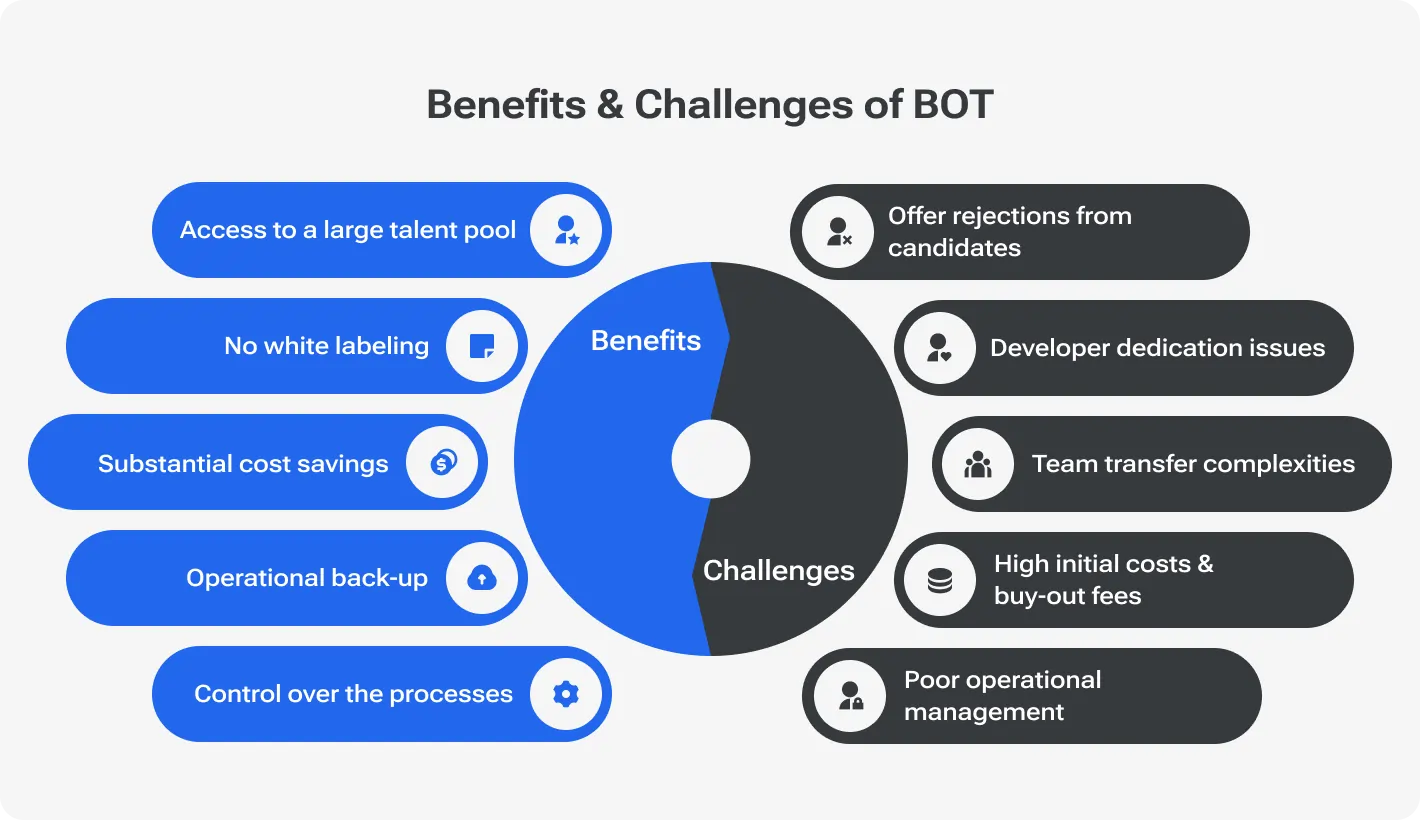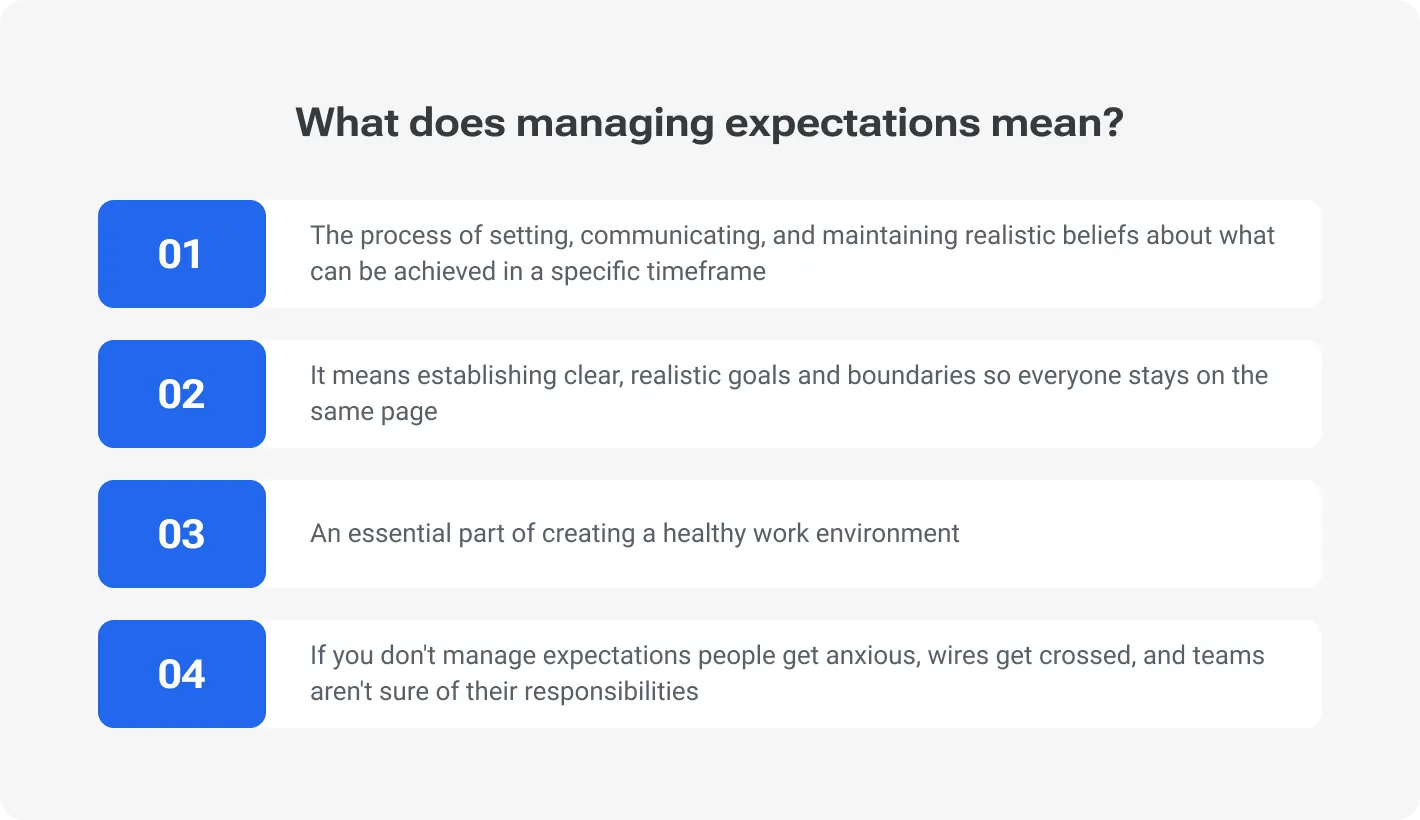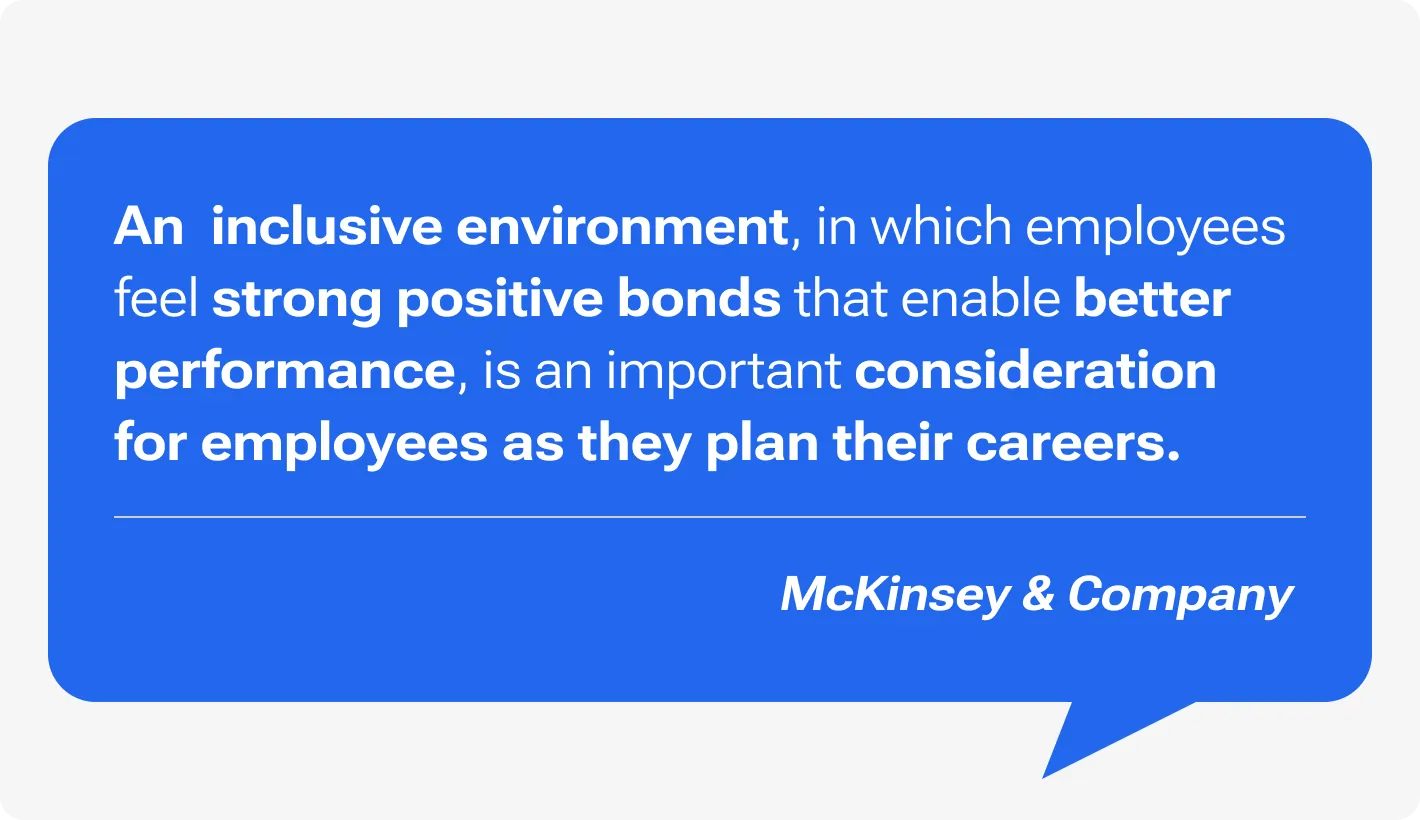Outsourcing to Czechia

How much does it cost to hire developers in Czechia?
Dec 2nd 25 - by Devico Team
Find out how much it costs to hire software developers in Czechia in 2025. Compare hourly rates, roles, and factors that impact pricing.
Hire
Hire by role
Hire Front-end developers
Hire Back-end developers
Hire Full-stack developers
Hire Android developers
Hire iOS developers
Hire Mobile developers
Hire AI engineers
Hire ML engineers
Hire Automation QA engineers
Hire Blockchain developers
Hire Data engineers
Hire Cloud engineers
Hire by skill
Hire JavaScript developers
Hire TypeScript developers
Hire Ruby on Rails developers
Hire React Native developers
Hire Flutter developers
Hire Golang developers
Hire React.js developers
Hire Python developers
Hire PHP developers
Hire .NET developers
Hire Java developers
Hire Laravel developers

BOT
August 12, 2024 - by Devico Team
Summarize with:
When Netflix decided to migrate its infrastructure to the cloud, the matter wasn't just the technology. The matter was a strong partnership with its outsourcing provider, Amazon Web Services (AWS). Outer empowered Netflix to achieve greater scalability and reliability. You know what came next — a successful outsourcing benchmark for others in the industry.
The Build-Operate-Transfer (BOT) model is increasingly being adopted as an IT outsourcing collaboration due to its structured approach and ability to provide both immediate and long-term benefits. Client companies leverage external expertise and, eventually, take over full control. From this perspective, the BOT model offers a balanced mix of flexibility and governance.
However, the key to maximizing the value of the BOT approach lies in building a strong partnership with the outsourcing provider. The 2022 Deloitte survey revealed that 78% of businesses that reported successful outsourcing initiatives attributed their success to effective partnerships with their providers.
Further down, we’ll explore the critical components of a successful BOT partnership, highlight the benefits of a collaborative and transparent relationship, and provide actionable strategies for effective communication, expectation management, and conflict resolution throughout the BOT process.
A strong partnership between your company and the outsourcing provider is the basement of your future accomplishments. A collaborative environment is based on open communication, a shared sense of purpose, and accountability for achieving project goals.
When both parties work closely together, they can leverage each other's strengths to achieve the best outcomes.
One of the most common concerns is that vendors don’t want to understand your business. We feel you. That’s why we established clear policies for conflict resolution in outsourcing. However, we follow the human-first approach.
This course is based on a simple rule: people over ideas. The rule ensures that we as the outsourcing partner understand the client's business objectives and integrate them into the project plan.
We are for knowledge sharing to be facilitated through regular meetings, workshops, and documentation without any hidden payments or anything. Yet, we expect shared accountability from the partner company. This means that both the client and the outsourcing partner are equally responsible for the project's success.
A collaborative environment leads to better decision-making and problem-solving throughout the BOT lifecycle.
How you want it to be: Imagine a telecommunications company partnered with an IT outsourcing firm to develop a new customer service platform. Regular brainstorming sessions, eco double-checking, and joint expertise lead to innovative solutions and quick problem resolution. As a result — a 20% increase in customer satisfaction within a few months.
How you don’t want it to be: A retail company faced issues during its BOT implementation due to poor communication and lack of mutual understanding. The outsourcing partner and the internal team worked in silos. This inevitably led to misaligned goals and missed deadlines, causing project delays and increased costs.
The benefits of a long-term partnership extend beyond the initial project. Long-term relationships build trust, streamline processes, and create seamless team integration.
This continuity can lead to sustained improvements in operational efficiency and innovation. The International Journal of Academic Research in Business and Social Sciences published research that posed trust and business understanding as two main factors affecting the final results of any outsourcing endeavor.

This is not a buzzword. Comms are a cornerstone of any successful BOT partnership. Throughout all phases of the project, from initial planning to knowledge transfer, clear information exchange ensures alignment, mitigates risks, and ultimately, achieves optimal results.
Poor communication can lead to misaligned expectations, delays, and sometimes USD 125M loss. Like in the Mars Climate Orbiter mission by NASA. The mission failed because the engineering team used metric units while the navigation team used imperial units. This miscommunication sent the USD 125 million craft fatally close to the Martian surface.
To ensure effective communication, it is crucial to set up robust comms protocols:
Regular touchpoints: Periodic meetings, such as weekly progress updates and monthly strategic reviews or retrospectives ensure all teams are aligned, and any issues are addressed promptly.
Progress reports: You could do with regular reporting mechanisms (weekly status reports, monthly performance summaries, etc.). These reports should include key metrics, milestones achieved, and any deviations from the plan.
Dedicated communication platforms: Slack, Microsoft Teams, Zoom, etc are useful tools for real-time communication and collaboration. These platforms support instant messaging, video conferencing, and file sharing, making it easier for teams to stay connected.
Project management tools: There are also plenty of tools for that. JIRA, Trello, and Asana can track project progress, assign tasks, attach files, link related tasks, and manage deadlines. These tools provide visibility into the project's status and help teams stay organized.
Open communication policy: Put together an open communication policy where team members feel comfortable sharing their thoughts, concerns, and ideas. This fosters a collaborative environment and ensures issues are addressed promptly.
Document everything: Detailed documentation is vital for your future stability and confidence. Document project plans, meeting minutes, and decision-making processes. This provides a clear record of the project's progress and helps prevent misunderstandings.
Shared dashboards: Use shared dashboards and project management tools to provide real-time visibility into the project's status. They should be accessible to all stakeholders, ensuring everyone is informed and aligned. The RACI model could be helpful for organizing all information.
Aligning expectations at the outset is paramount to achieving success. The BOT model is no exception. Clearly defined expectations for both your company and the outsourcing partner ensure clear direction, minimize potential roadblocks, and foster a sense of shared accountability throughout the project lifecycle.
At the outset, both parties need to understand project goals, timelines, deliverables, and communication protocols in the same way. Without this clarity, misunderstandings will lead to significant project issues.

For instance, Denver International Airport's automated baggage handling system was ambitious but flawed due to miscommunication and unclear expectations. The project, plagued by delays and cost overruns, ended up being scrapped, costing the city at least USD 560 million for the first 16 months.
To avoid such pitfalls, create comprehensive service level agreements (SLAs). They should outline:
Deliverables: Clearly defined outcomes and milestones.
Timelines: Specific deadlines for each phase of the project.
Performance metrics: Key indicators to measure the project's success, such as system uptime, response times, and user satisfaction.
Communication protocols: Detailed guidelines for how and when communication will occur between parties.
In fact, SLAs are ABCs, ensuring both parties are aligned and accountable throughout the project.
Frameworks can help organize all processes and ensure accountability. Here are three models:
1/ RACI matrix: This framework clarifies roles and responsibilities by defining who is Responsible, Accountable, Consulted, and Informed for each task. It helps prevent overlaps and gaps in responsibilities.
2/ Agile methodology: Agile emphasizes iterative development, regular feedback, and flexibility. Using this approach, be ready for frequent check-ins. They allow for adjustments and improvements in real-time.
3/ ITIL (Information Technology Infrastructure Library): This is a set of best practices for IT service management. Its main focus is on aligning IT services with business needs, including processes for incident management, problem management, and change management.
Ongoing communication: Maintain open communication through regular meetings, updates, and feedback sessions. Be clear and sincere. This helps address any issues promptly and keeps everyone on the same page.
Regular reviews: Periodic reviews help assess project progress, keep tracking performance metrics, and align with business goals. It’s much easier to make adjustments during such reviews.
Proactive adjustments: Proactive adjustments could involve reallocating resources, modifying timelines, or revising project goals based on feedback and evolving needs.
Regular communication, reviews, and proactive adjustments further ensure that the project stays on track and delivers the desired outcomes.
Throughout the lifecycle, you may encounter technical complexities, evolving business needs, or even minor communication gaps. Let’s dive deeper into how to navigate such situations effectively.
You have two ways: address issues as soon as they arise or prevent them. Let’s say you already have some issues. Below are key strategies for overcoming them.
Open communication: Once again, a culture of transparency where team members feel comfortable discussing problems openly is king. Set up team-wide check-ins, and 1-to-1s with key teammates, or invent your own format. The goal is to create the right atmosphere.
Problem-solving approaches: Cultivate a solution-oriented mindset. When conflicts arise, focus on identifying the root cause and brainstorming possible solutions. Involve all potentially relevant team members, even if they have nothing to do with the problem's consequences. Techniques such as the “5 Whys” can help drill down to the core issue and develop effective resolutions.
Collaborative mindset: Foster a sense of partnership where both parties work together towards common goals. In a team, respect each other's perspectives and leverage collective expertise to solve problems. Also, you could do with joint workshops and brainstorming sessions (innovations are a bonus).
This process ensures that unresolved problems are promptly elevated to higher management, where more significant resources and decision-making authority can be applied. Key elements of this:
Defined hierarchy: It’s better to have a clear hierarchy for escalating issues, including specific points of contact at each level. This prevents confusion and ensures that issues reach the right people quickly.
Documented procedures: Clearly document the escalation procedures, including the criteria for escalation and the steps to follow. This documentation should be readily accessible to all team members.
Timely intervention: Address escalated issues promptly and set specific timelines for response and resolution to maintain project momentum and prevent prolonged disruptions.
BOT project management thrives on more than clear communication. It is more about cultivating a collaborative culture, an environment where your internal IT team and the outsourcing partner work together seamlessly.
Such an environment encompasses team-building exercises, knowledge-sharing initiatives, and creating an environment where both internal and external teams can thrive.
McKinsey research revealed that over 55% of frontline US workers are dissatisfied with the quality of their professional network. This is the main reason why people shy away from networking. And to back the status quo, business leaders should invest in the entire environment and create a specific atmosphere.

Joint workshops, training sessions, and knowledge transfer activities ensure that both teams are aligned and equipped with the necessary skills and knowledge. If you set an ambitious goal, you should provide appropriate resources for achieving it.
Joint workshops: These sessions bring together members from both teams to collaborate on specific tasks or challenges. The mentioned experts from McKinsey found that companies that invest in collaborative workshops see a 20-25% increase in team performance and productivity.
Training sessions: Regular training sessions ensure that all team members are up-to-date with the latest tools, technologies, and best practices. Such an approach enhances individual skills while ensuring that the entire team can work cohesively towards common goals.
Knowledge transfer activities: Documentation reviews, mentorship programs, and peer-to-peer learning ensure that critical information is shared and retained within your company. Deloitte once published a study which suggested top tricks for fostering proper knowledge transfer. Spoiler: achieving BOT project metrics depends on the quality of your IT outsourcing collaboration.
Build trust in partnerships and mutual respect between internal and external teams through consistent, open communication, delivering on commitments, and demonstrating reliability. Acknowledge each team's expertise and contributions. And let them feel your recognition.
A collaborative culture also involves celebrating successes together. When teams achieve milestones, acknowledging these accomplishments strengthens the bond between the teams and reinforces a sense of shared purpose.
So, make sure you have regular feedback loops, where both teams can provide constructive feedback and recognition. This way, you can ace communication in BOT projects.
There is no successful outsourcing without measuring that success. Just as a well-designed map guides you to your destination, a set of metrics serves as the compass for a successful BOT partnership.
Clear key performance indicators (KPIs) ensure both parties are measuring progress toward the same goals and allow for data-driven decision-making throughout the project lifecycle. Clear metrics help both parties stay focused, ensure accountability, and facilitate continuous improvement.
Infrastructure readiness: Percentage completion of infrastructure setup.
Recruitment progress: Number of key positions filled versus planned.
Budget adherence: Actual expenditure versus budgeted costs.
System uptime: Percentage of time the system is operational.
Performance metrics: Speed, efficiency, and accuracy of processes.
Incident resolution time: Average time taken to resolve issues.
Knowledge transfer completion: Percentage of documentation and training sessions completed.
Transition success rate: Number of successful transitions versus planned transitions.
Operational independence: Time taken for the internal team to take full control without external support.
Regular reviews: Regularly review KPI progress. Weekly or bi-weekly check-ins can help keep the project on track.
Adjusting KPIs: KPIs should be flexible and adjusted as project goals evolve. However, changes should be made cautiously. Make sure to make changes in collaboration, too.
Double-checking KPIs: Regularly validate KPIs to ensure they truly reflect project goals. Use feedback from both teams and external audits (it’s always worth asking clients) to ensure KPIs remain relevant and effective.
Data integrity: Ensure the data collected for KPIs is accurate and reliable. Use automated tools where possible to minimize errors.
For example, while a KPI may indicate high performance, if it doesn't align with the overall business objectives, it may not be useful. We’ve all been there. So, regularly reassess and adjust KPIs to maintain alignment with the strategic vision.
As with adjusting metrics, it’s crucial to monitor progress jointly, too. Analyze data together and use insights collaboratively. This is the fastest way to continuously improve the partnership.
A notable example is the collaboration between Pfizer and IBM on drug discovery. Tech leaders and medicine innovators continuously monitored and analyzed data to optimize research and development processes. With such a collaborative approach, Pfizer significantly reduced the time required for drug discovery. A great demonstration of the shared metrics and collaborative monitoring power.
Clear communication, setting explicit expectations, prompt addressing challenges, fostering a collaborative culture, and measuring success with shared metrics — all add up to a streamlined and smooth BOT partnership.
A collaborative and transparent approach brings about better decision-making, improved problem-solving, and sustained operational efficiency. In case of a mess, you will always have a soft conflict resolution in outsourcing and will work together to achieve project goals effectively.
By building trust and maintaining open lines of communication, you can navigate the complexities of the BOT model and achieve significant long-term value.
Outsourcing to Czechia

Dec 2nd 25 - by Devico Team
Find out how much it costs to hire software developers in Czechia in 2025. Compare hourly rates, roles, and factors that impact pricing.
Outsourcing to Czechia

Nov 25th 25 - by Devico Team
Compare Czechia and Poland for software outsourcing in 2025. Discover costs, talent, infrastructure, and which country fits your project best.
Outsourcing to Czechia

Nov 18th 25 - by Devico Team
A complete guide to outsourcing software projects to Czechia, learn about costs, talent, benefits, and how to build successful partnerships in 2025.